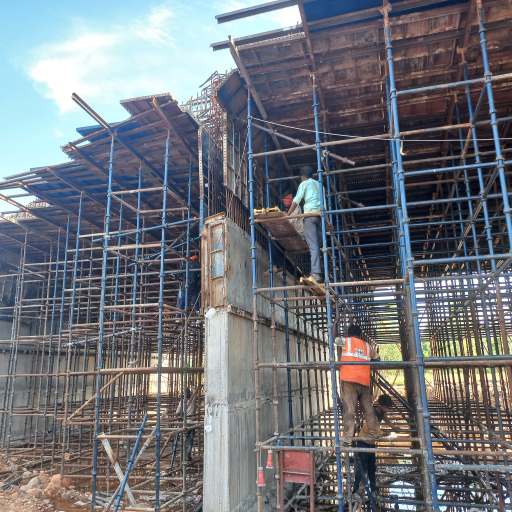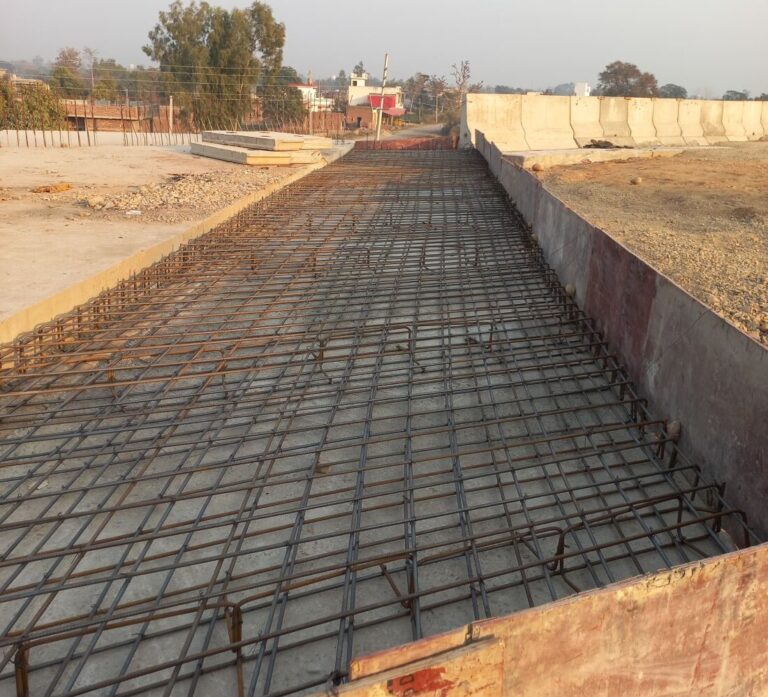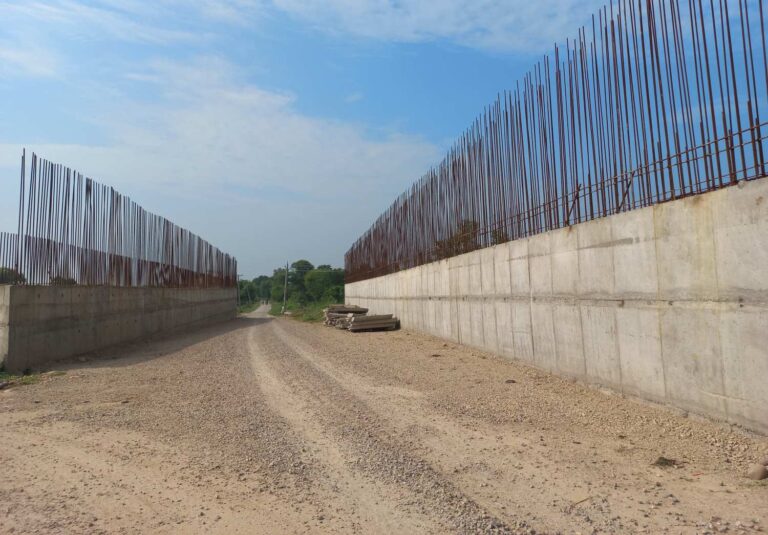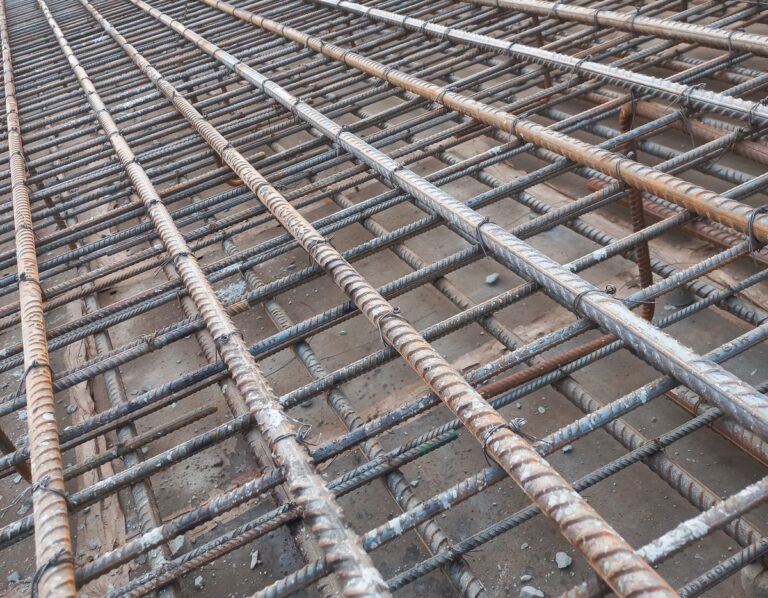Elevated bridge construction involves a range of techniques and methodologies tailored to the specific project requirements, environmental conditions, and available resources. after Analyze the site conditions, including topography, geology, hydrology, and environmental impact experts decide the structure and soil quality. Other necessary permits and approvals from relevant authorities. The choice of construction technique depends on factors like bridge span, load requirements, environmental constraints, and available technology.
maximum percentage of slope in elevated bridge
The maximum allowable percentage of slope (or grade) in an elevated bridge depends on several factors, including the type of traffic (vehicular, pedestrian, bicycle), the specific standards and regulations of the region, and the intended use of the bridge. For bridges carrying vehicular traffic, the maximum slope is usually determined by national or regional road design standards. For highways and major roads, the maximum grade typically ranges from 4% to 6% and For urban streets, the grade can be steeper, often up to 8%, especially in hilly areas.These values are general guidelines, and specific projects may have different requirements based on local regulations and site-specific conditions.
equipments and materials used in elevated bridge
Construction of elevated bridges involves various specialized equipment and materials. Earthmoving Equipment ( Excavators, Bulldozers) Piling Equipment (Pile Drivers, Drilling Rigs) Concrete Equipment (Concrete Mixers, Concrete Pumps, Concrete Vibrators) these are the primary equipment and materials commonly used in elevated bridge construction:
where we provide elevated bridge
We provide high bridges as per the direction and soil quality of that place. The place where the soil is loose and sandy and gets washed away in water during heavy rainy season, we provide an elevated construction bridge.
On the other hand, it is very difficult to stop while driving at high speed on a national highway and it leads to accidents.
conclusion
In conclusion, the construction of elevated bridges requires meticulous planning and analysis of site-specific conditions, including topography, geology, and environmental impact. Adherence to regional standards and regulations is crucial for determining appropriate slope percentages, which typically range from 4% to 8% based on traffic type and location. Specialized equipment and materials are essential for successful implementation. Elevated bridges are particularly necessary in areas with loose, sandy soils prone to erosion, and in high-speed highway settings where safety concerns are paramount. By leveraging appropriate construction techniques and technologies, elevated bridges enhance connectivity and ensure safe, reliable infrastructure.
What factors influence the choice of construction technique for elevated bridges?
factors influence the choice of construction technique for elevated bridges are bridge span, load requirements, environmental constraints, and available technology.
What is the typical maximum slope for vehicular elevated bridges?
the typical maximum slope for vehicular elevated bridges For highways, it’s 4-6%, and for urban streets, it can be up to 8%.
Why are elevated bridges needed in areas with loose, sandy soils?
elevated bridges needed in areas with loose, sandy soils because Elevated bridges prevent erosion and ensure stability in areas prone to soil washout during heavy rains.









[…] are used to convey water or provide a passage under the road, railway, or other infrastructure. The culverts are installed side by side to form a continuous and stable bridge or crossing […]